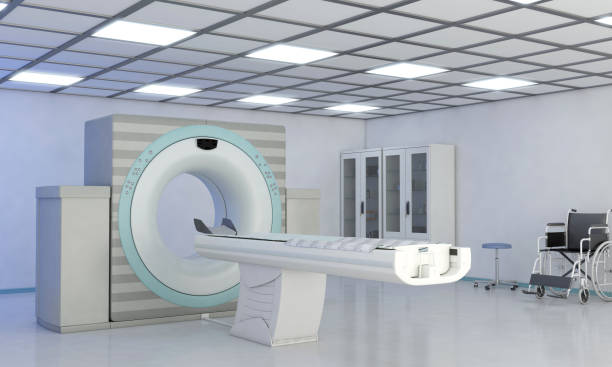Introduction
In the realm of medical Imaging, technology continually evolves to enhance diagnostic capabilities and patient comfort. One such advancement is the introduction of Wide Bore Magnetic Resonance Imaging (MRI). This article delves into the significance of wide-bore MRI, exploring its benefits, applications, and the improved experience it offers to patients.
II. Understanding Wide Bore MRI
Definition Wide Bore MRI refers to magnetic resonance imaging machines with a larger bore diameter, providing a more spacious environment for patients during the imaging process.
Key Components Wide Bore MRI systems retain the essential components of traditional MRIs, including powerful magnets and radiofrequency coils, but offer a more accommodating design.
III. Benefits of Wide Bore MRI
Enhanced Patient Comfort The most noticeable advantage is the increased space within the bore, reducing feelings of confinement and Anxiety, which is particularly beneficial for claustrophobic patients.
Accommodating Diverse Body Types The wider bore adjusts individuals of various body sizes and shapes, ensuring a more inclusive imaging experience.
Reduced Noise Levels The Incorporation of advanced technology in wide bore systems often leads to quieter scanning, contributing to a more comfortable and less stressful environment.
IV. Applications of Wide Bore MRI
Neuroimaging Wide Bore MRI is valuable in neuroimaging, capturing detailed images of the brain and spinal cord with enhanced patient comfort.
Musculoskeletal Imaging For orthopedic assessments, the spacious bore accommodates larger body parts, facilitating comprehensive musculoskeletal Imaging.
Oncological Imaging In the detection and monitoring of cancer, wide-bore systems offer high-quality images, aiding in precise diagnosis and treatment planning.
V. Advancements in Imaging Technology
High-Resolution Imaging Wide Bore MRI often incorporates advanced imaging techniques, providing higher resolution and clearer images for improved diagnostic accuracy.
Functional MRI (fMRI) Functional MRI, capable of mapping brain activity, benefits from the wider bore, allowing for more comfortable and accurate available neuroimaging studies.
VI. The Patient Experience
Reducing Anxiety The larger bore diminishes the sense of confinement, alleviating Anxiety often associated with traditional MRI machines.
Shorter Scan Times Technological advancements in wide bore systems may enable faster scan times, minimizing the duration of the imaging process for patients.
VII. Considerations for Healthcare Providers
Investing in Patient-Centric Technology Healthcare providers embracing wide-bore MRI prioritize patient comfort and accessibility, contributing to an enhanced overall imaging experience.
Improving Patient Compliance The more comfortable and accommodating nature of wide-bore MRI systems promotes higher patient compliance with imaging recommendations, which is crucial for accurate diagnoses.
VIII. Conclusion: Transforming Imaging Experiences
Wide-bore MRI represents a transformative leap in medical Imaging, placing patient comfort at the forefront without compromising diagnostic precision. As technology continues to advance, the integration of wide bore systems is poised to become a standard in the field, ensuring a positive and accessible imaging experience for all.
Is wide-bore MRI only for claustrophobic patients? While wide-bore MRI is especially beneficial for claustrophobic individuals, it offers advantages for patients of all profiles, including those with larger body sizes.
How does wide-bore MRI improve neuroimaging? The larger bore reduces the sense of confinement, contributing to a more relaxed environment for patients during neuroimaging studies.
Can wide-bore MRI provide high-resolution images? Yes, wide-bore MRI often incorporates advanced imaging technologies, resulting in higher resolution and clearer images for improved diagnostic accuracy.
Are scan times shorter with wide-bore MRI? Technological advancements in wide bore systems may enable faster scan times, minimizing the duration of the imaging process for patients.
Do healthcare providers need specialized training for wide-bore MRI? While familiarity with wide-bore MRI systems is essential, healthcare providers typically undergo training to ensure optimal utilization of this technology for improved patient outcomes.

